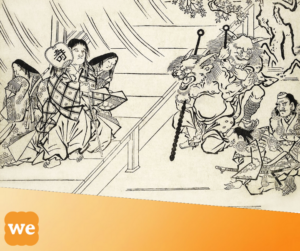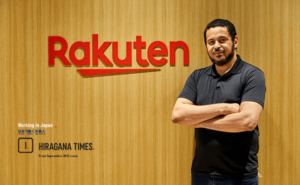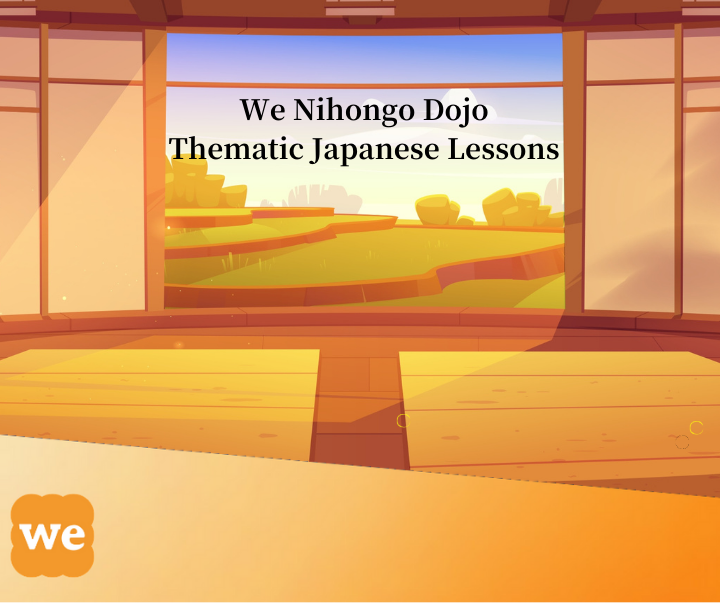
Are you wondering about learning the Japanese language? We know it's a difficult language, so why not start with a trial? We are offering 3 free trial lessons to help you with your decision. It's a Dojo Lesson!
Check this article to learn about one of our student's experiences!
Dōjō Lesson at WE
The journey of learning Japanese may be sometimes very difficult, and sometimes also get boring. You should get the books, write and learn the new words and all the grammar... it may come to a point it won’t be fun anymore! This is not the case with me though.
I have attended a Dojo lesson at WE Language school with the coach Hibikana Nogami. Firstly, I want to explain what a Dojo Lesson is. Dojo lessons are basically classes with a certain topic, during which you only discuss that topic. In my case, the topic was “Healthy Japanese Foods”.
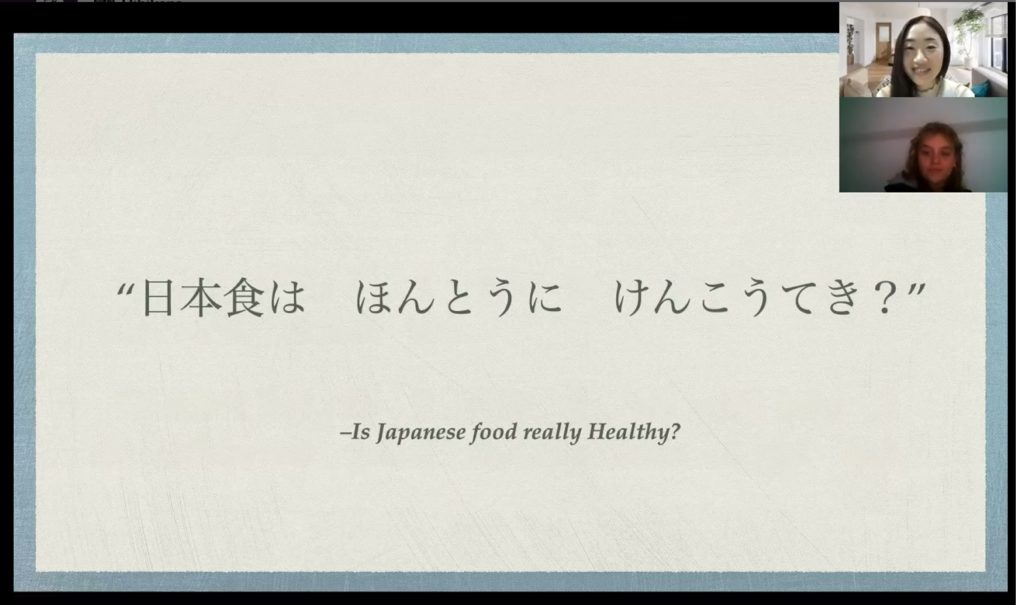
The coach showed me a PowerPoint presentation that contained different sub-topics of the main topic we were discussing. In addition, everything had pictures so I could understand better. On every slide, I read the sentences and then tried to translate them together with the coach. At this part, I learned quite a few new words such as 秘密 (himitsu) – secret, 食物 (shokumotsu) – food, けんこうてき (kenkouteki) – healthy, 代物 (shiromono) – goods, product; おかず (okazu) – side dishes, etc...
Learning Japanese Etiquette
Besides new words, I learned a lot about Japanese foods, Japanese eating etiquette, and culture. For example, the classical phrases: 頂きます(itadakimasu) and ごちそうさま (gochisosama)! They both mean "thank you for the food" but the first one is for when you are about to eat the meal; while the second one is like a "thank you" formula for the food you received. It's used after you finish the meal and mostly in restaurants.
I also saw and learned some interesting Japanese foods such as Miso Soup, Bonito Flakes, Tsukemono. While learning the foods, the coach provided me with extra information about some of the Japanese dishes. For example, when do Japanese use them the most, and why Japanese foods are actually healthier?
A Lesson Into Japanese Foods
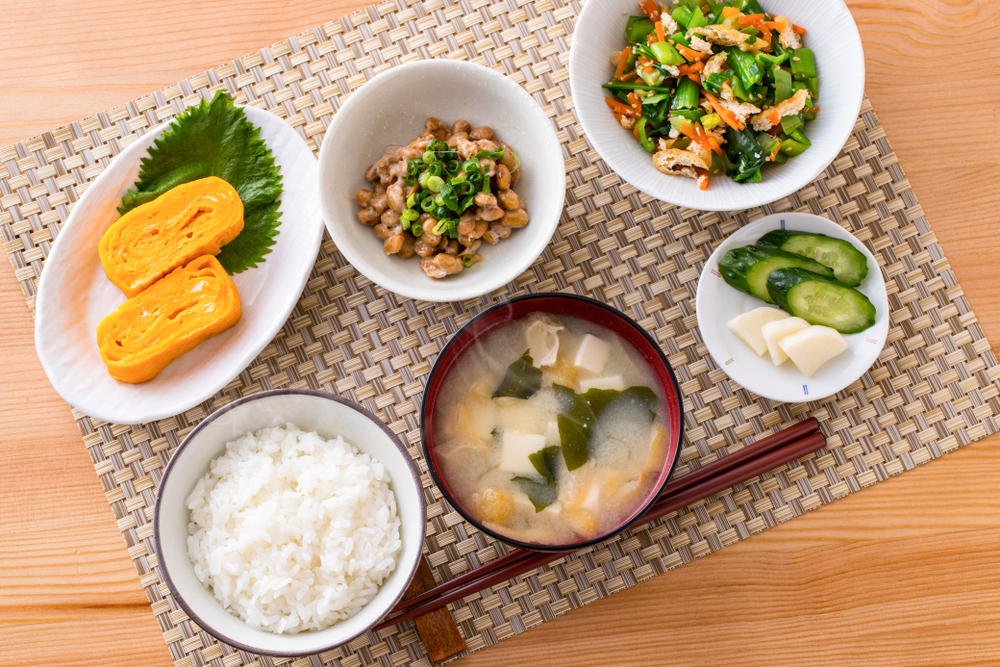
Another thing I found very interesting is that Japanese people pay a lot of attention to the look of the food. In fact, most of the time it matches the colors of the season they are in. However, the look isn’t the only thing they pay attention to. They also value a lot the time to enjoy a meal with their family members or their loved ones, especially during special holidays!
In conclusion, the Dojo lesson was very intriguing from the very beginning. I wasn’t bored even for a second! I learned new words that I won’t forget. Besides the Japanese language, I was provided with extra information about everything. The coach was also highly professional and very kind. She explained everything thoroughly but simply and made the lesson very fun to listen to, by adding curiosities about her experience. She also tried to involve me in the discussion too, by asking questions or asking me to read, which I found very nice!
Author: Erza, a high school student from Kosovo

